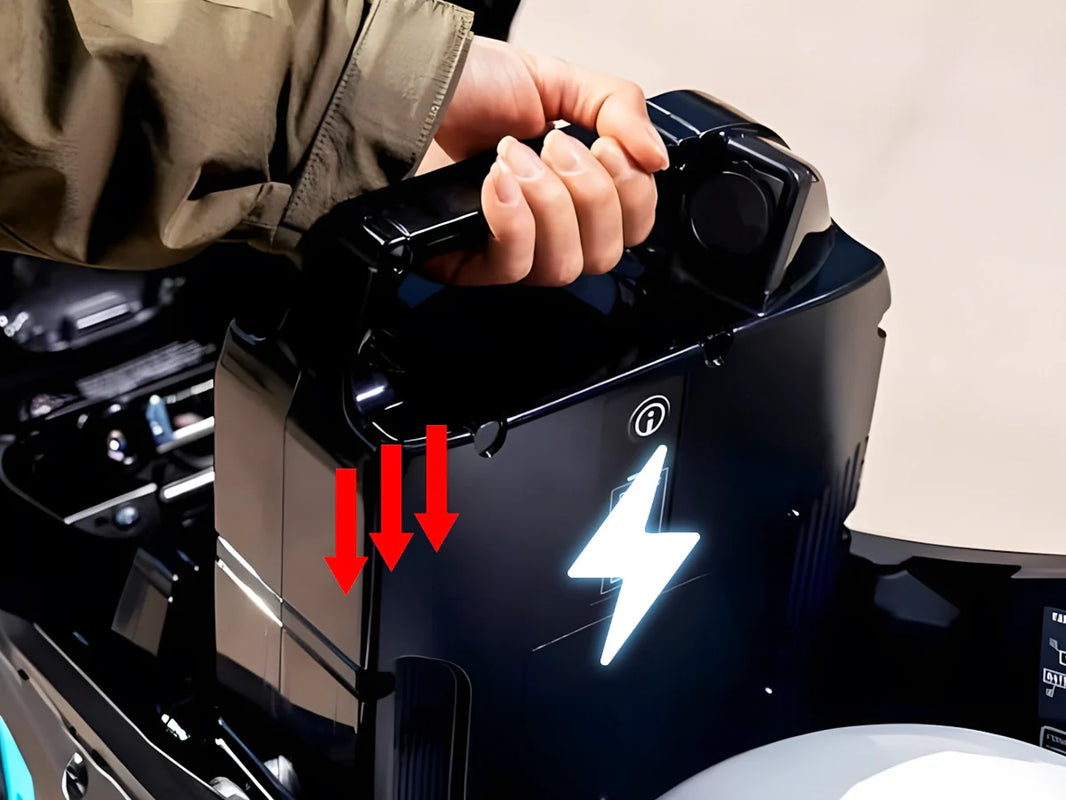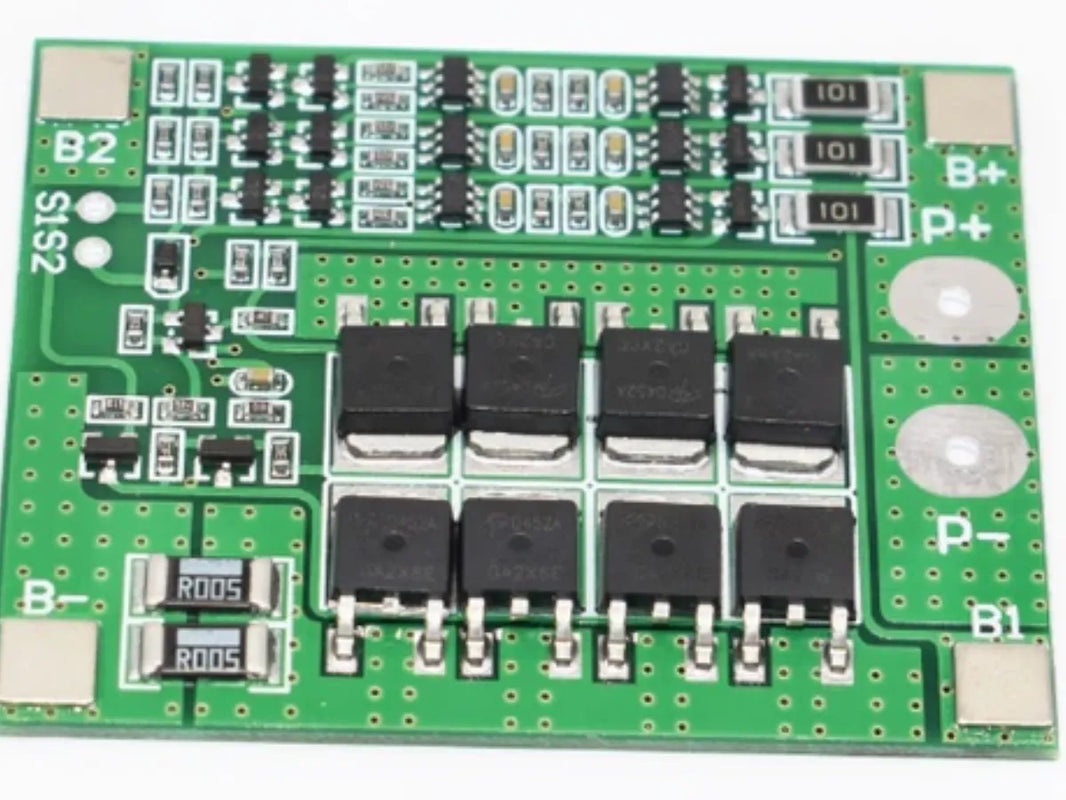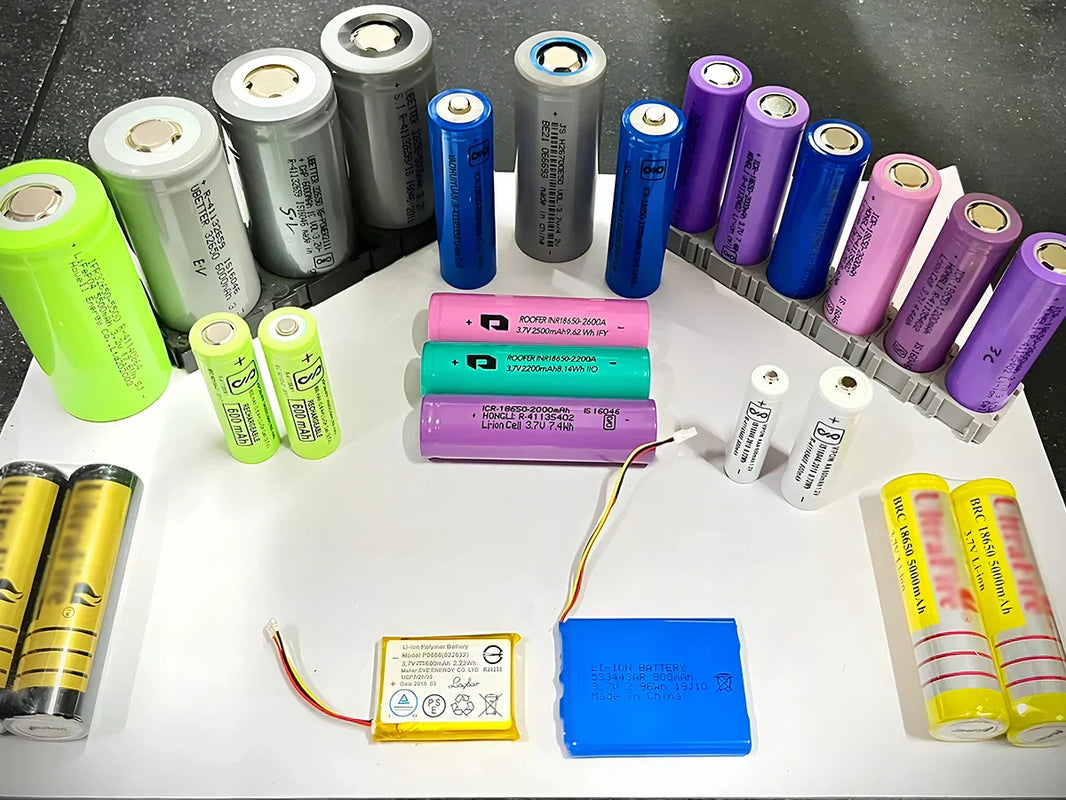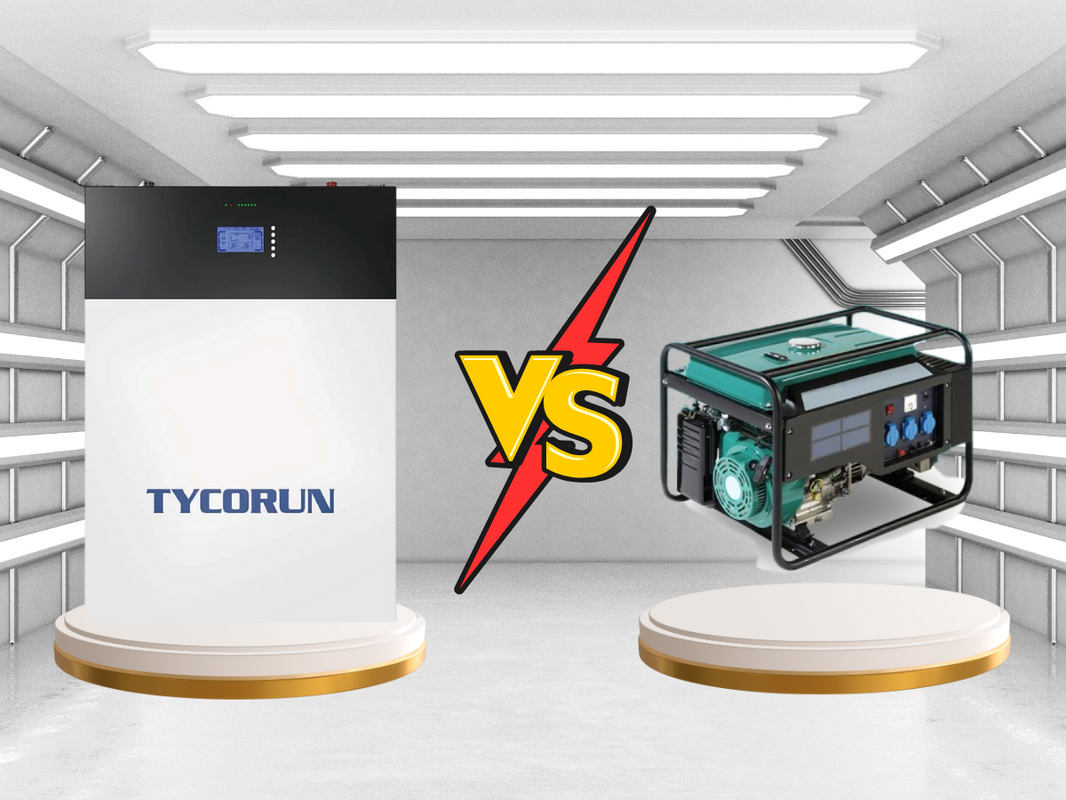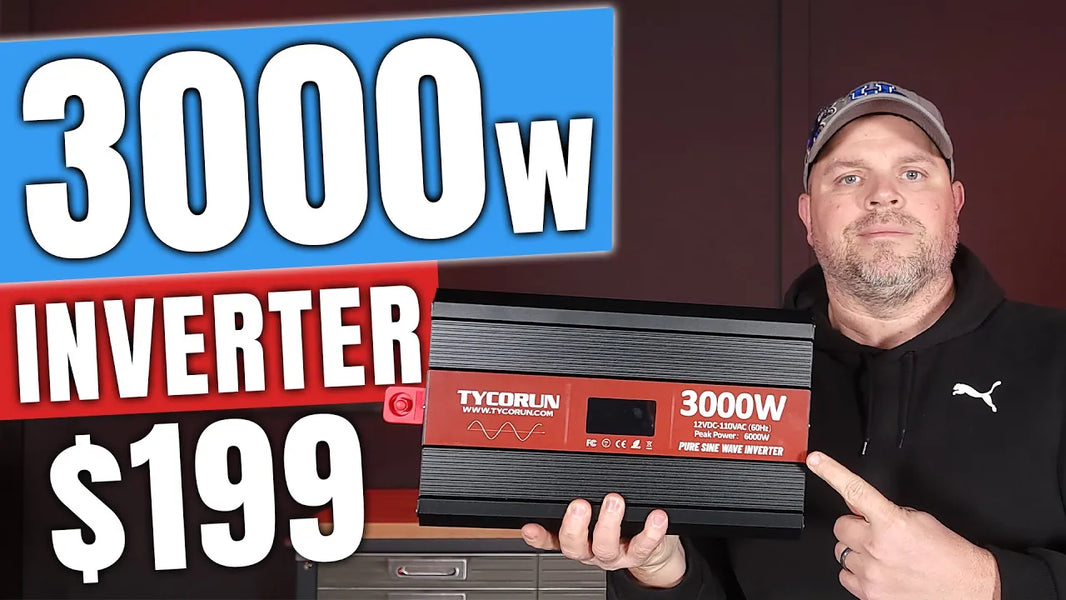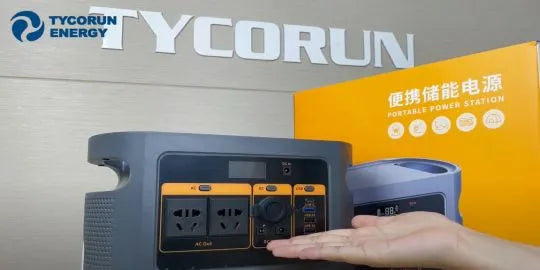
main content:
Prius is the world's first mass-produced hybrid model launched by Toyota Motor in Japan in 1997. In 2001, it has been sold to more than 40 countries and regions around the world, and its main markets are Japan and North America. Among them, the United States is the largest market for Prius. As of the beginning of 2009, Prius has sold more than 600,000 vehicles in the United States.
According to 2007 data from the U.S. Environmental Protection Agency, the Prius is the most fuel-efficient car sold in the United States. Additionally, the Prius is by far the cleanest vehicle in the United States, according to the U.S. Environmental Protection Agency and the California Air Resources Board's evaluation of each model based on carbon dioxide emissions. According to figures released by the UK Department for Transport, the Prius is the second-lowest CO2-emitting vehicle sold in the UK.
The first-generation Prius came out at the end of October 1997 and was the world's first mass-produced hybrid vehicle. Today, when people pay more and more attention to environmental protection, Prius has epoch-making significance and advancement because of its revolutionary reduction of vehicle fuel consumption and exhaust emissions, and has been highly praised by the world.
Toyota began selling the first-generation Prius in the U.S. in 2000, and has since corrected flaws in the operating components that would be used in the second-generation Prius, primarily for HV batteries, electric motors, and transformers. All these improvements are not achieved overnight, but are based on technical experience accumulated over the years. In 2005, the second-generation Prius was officially launched. In 2012, the third-generation Prius was launched. The third-generation Prius adopted a new generation of gasoline-electric hybrid system (THS-II), of which 90% of the components were newly developed and equipped with a new 1.8L engine. The third-generation Prius has superior aerodynamic performance and three different driving modes. It is also equipped with a leading solar ventilation system, a remote control air conditioning system, and a touch tracking display function, bringing a driving experience with low fuel consumption (4.3L/100km).
The shape of the Prius is shown in Figure 1.

1. Features of Toyota Hybrid System

(1) As needed, the engine can be stopped and the motor can be driven alone. Regardless of starting or normal driving, the electric motor will be preferentially driven, thereby shortening the working time of the engine and achieving the goals of low fuel consumption, low emissions and low noise.
(2) Fully recover the energy and charge the battery to effectively reuse the energy. When decelerating, the engine can be completely stopped, and the wheel drives the generator to charge the battery for efficient energy recovery. The large-capacity battery can achieve more power storage.
2. Differences between Toyota's gasoline-electric hybrid system and other hybrid systems

3. Composition of the new-generation Prius model gasoline-electric hybrid system

(1) Engine. The new generation of Prius uses a newly developed 1.8L inline 4-cylinder engine to replace the original 1.5L engine. The hybrid dedicated engine in the new tower not only increases the displacement, but also adopts new technologies such as electric water pump, which combines low fuel consumption, low emission and strong dynamic performance.
(2) Electric motor. The maximum output power of the electric motor equipped in the new-generation Prius has been increased from the original 50kW to 60kW, and through measures such as increasing torque and adopting a reduction gear, it has achieved miniaturization and light weight, and further improved the fuel economy of the vehicle.
(3) Generator. The generators of the new generation Prius can provide a powerful power supply to the electric motor and charge the high-power battery. In addition, the new generation model has also achieved miniaturization and weight reduction of the generator by improving the shape of the generator coil.
(4) Power distribution device. The power of the engine is sent to the wheels and the generator respectively, and at the same time, by connecting and effectively controlling the engine, motor and generator, the vehicle has agile and smooth acceleration performance.
(5) Battery. The new-generation Prius uses high-power nickel-metal hydride batteries, which can provide sufficient power for the motor and generator, and greatly reduce the dead area of the battery, improving energy efficiency. The cooling system and main relay are arranged in an optimal distribution way, and the air inlet and outlet of the cooling system and the fan are miniaturized, which not only brings low fuel consumption, but also reduces the body weight and expands the trunk space.
(6) Variable voltage control system. The system can effectively control the DC output of the battery and the AC output used to drive the motor and generator. The new generation of Prius can increase the system voltage from the maximum 500V of the previous generation model to 650V with the help of the boost converter of the variable voltage control system, and further optimize the cooling device, greatly improve the motor torque, and make the system smaller , lighter in weight, more efficient in operation, and more powerful in output power.

Toyota Hybrid System



